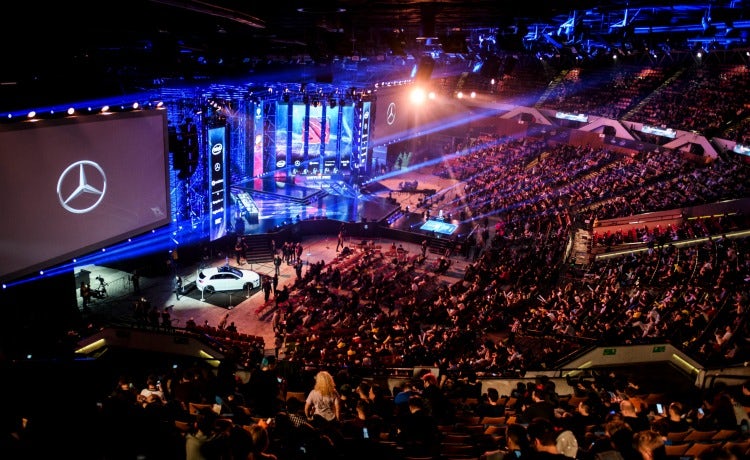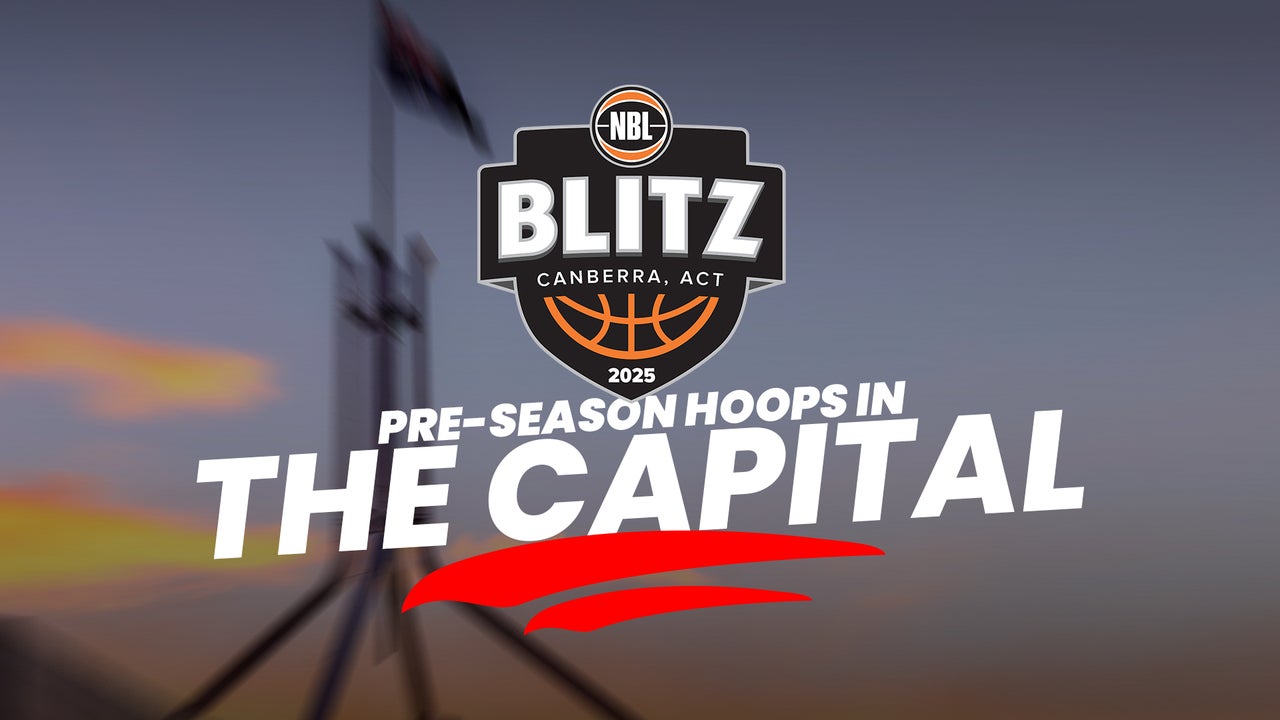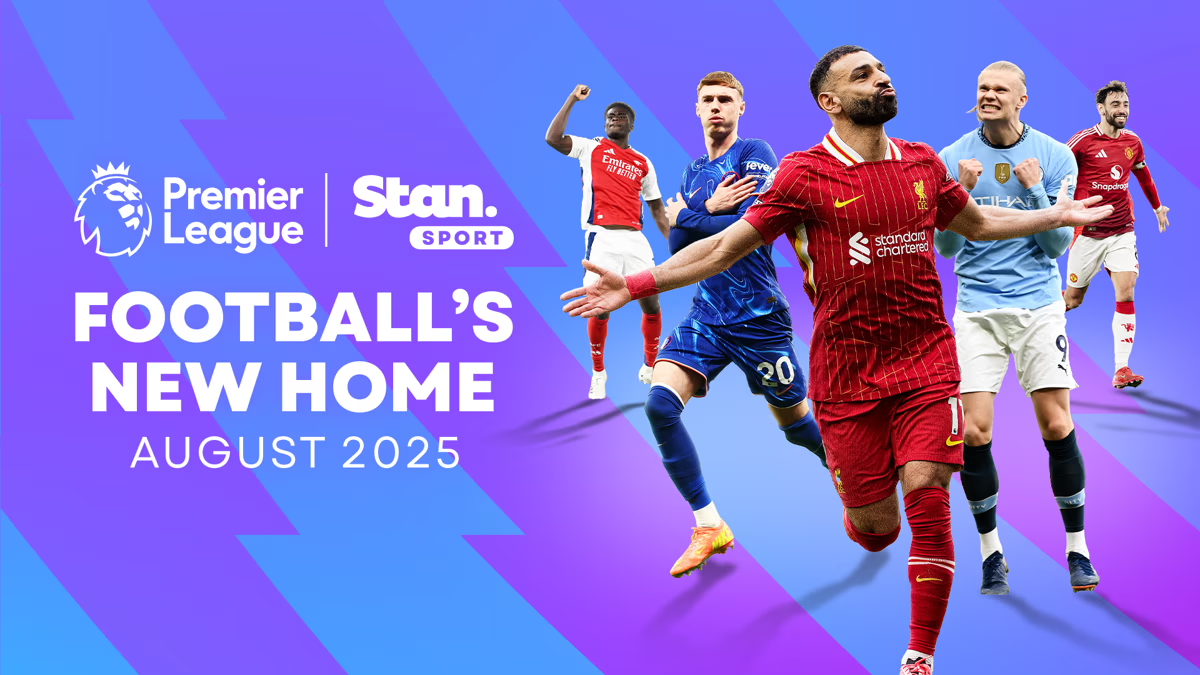The rise of esports from tradtional sporting codes

THE worlds best pro gamers will compete against Australia’s finest this weekend in Sydney at the Intel Extreme Masters with $310,000 in prize money on the line.
Intel Extreme Masters is the longest running global pro gaming tour in the world, where teams compete virtually in first person shooter games which is displayed on a screen in front of sold out stadiums.
According to eSports market intelligence specialist Newzoo, there were 588 major eSports events in 2017, generating an estimated $59m in ticket sales, which is an increase from $32m in 2016.
With the vast majority of the eSports fan base between the ages of 18 and 34 and with dwindling crowd numbers at traditional sporting code matches, media and sporting organisations are taking note.
Global eSports revenues are expected to reach $905.6m this year, up 38.2% on 2017, according to Newzoo. Some $695m of this figure will come directly from brand investment in the form of media rights, advertising and sponsorship.
By 2021, Newzoo’s data suggests global eSports revenues will rocket to $1.65bn, $1.4bn of which will come directly from brand investment.
Tournament viewership has already surpassed that of traditional sports broadcasting with more people tuning in to watch the eSports League of Legends world finals then the NBA finals.
As a result of this increase in size and popularity, global brands have flocked to sign lucrative sponsorship deals, with Mercedes-Benz making its high-profile entry into the eSports sector by announcing a partnership with Electronic Sports League (ESL).
It's free to join the team!
Join the most engaged community in the Sports Business World.
Get all the latest news, insights, data, education and event updates.






